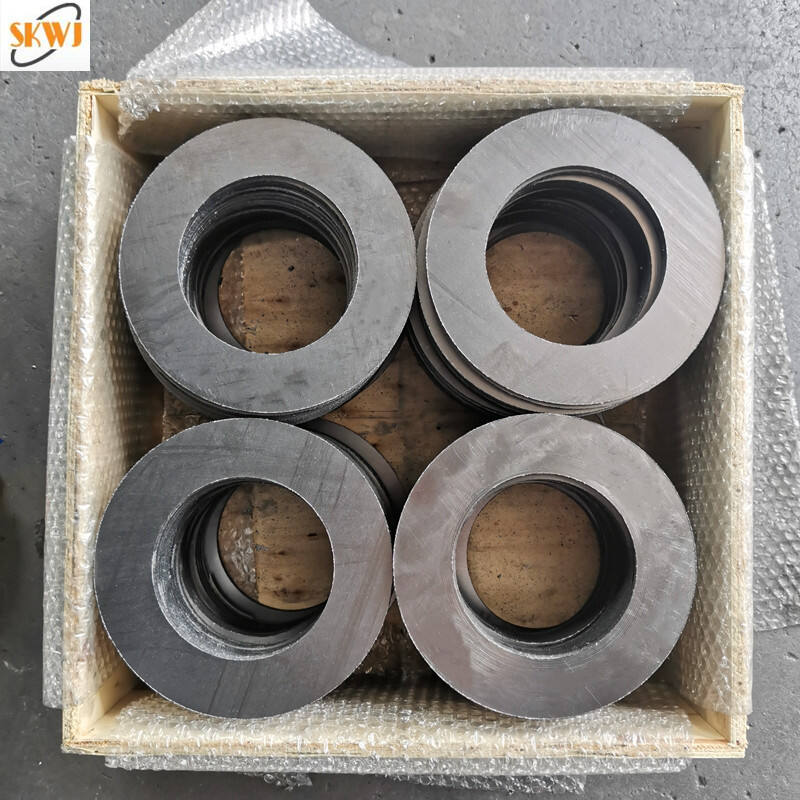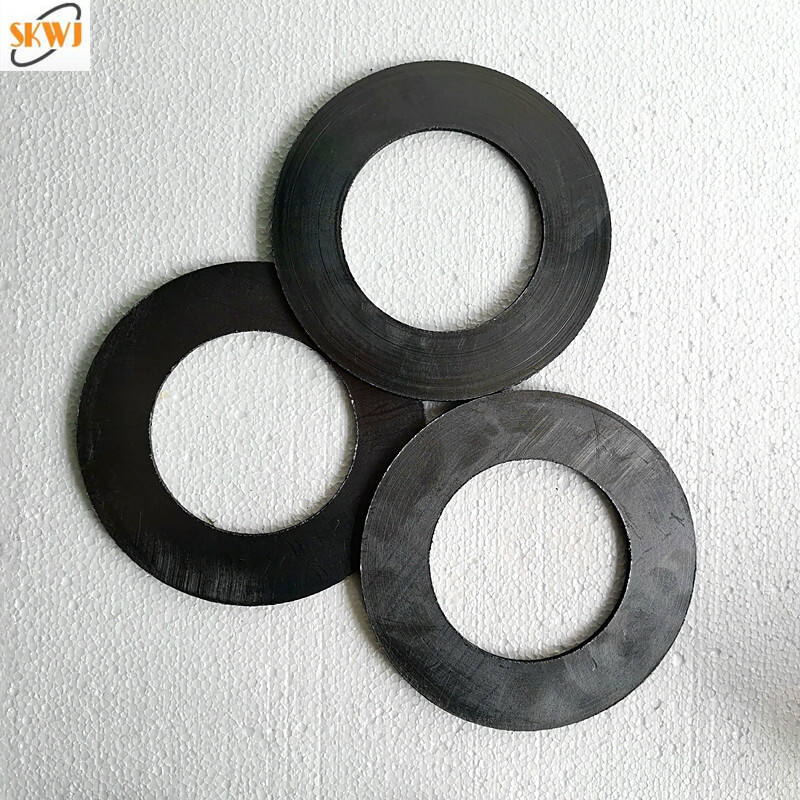Understanding the Critical Role of Graphite Gaskets in Modern Sealing Applications
Industrial sealing solutions have evolved significantly over the years, and graphite gaskets have emerged as one of the most reliable and versatile options available today. These high-performance sealing components play a crucial role in maintaining system integrity across various industrial applications, from petrochemical processing to power generation facilities. Understanding how to select the right graphite gasket can mean the difference between optimal performance and potential system failure.
Selecting an appropriate graphite gasket requires careful consideration of multiple factors, including operating conditions, chemical compatibility, and specific application requirements. The decision-making process becomes more straightforward when you understand the fundamental characteristics of graphite gaskets and how they perform under different conditions.
Key Properties and Characteristics of Graphite Gaskets
Temperature and Pressure Resistance
Graphite gaskets excel in extreme temperature environments, capable of withstanding temperatures from cryogenic levels up to 850°F (454°C) in oxidizing conditions and even higher in non-oxidizing environments. Their exceptional thermal stability makes them ideal for high-temperature applications where other sealing materials might fail. The material's ability to maintain its integrity under varying pressure conditions adds to its versatility.
When exposed to high temperatures, graphite gaskets don't harden or become brittle like many other sealing materials. Instead, they maintain their flexibility and sealing properties, ensuring consistent performance throughout their service life. This thermal stability is particularly valuable in applications with frequent temperature cycling.
Chemical Resistance Properties
One of the standout features of graphite gaskets is their broad chemical compatibility. They demonstrate excellent resistance to most acids, alkalis, and organic compounds, making them suitable for use across various chemical processing applications. The material's inert nature prevents chemical reactions that could compromise the seal's integrity.
Understanding the specific chemical resistance properties of graphite gaskets is crucial when selecting the right option for your application. While they exhibit broad chemical compatibility, certain highly oxidizing chemicals may not be suitable for use with graphite gaskets. Always verify compatibility with your specific process media.
Different Types of Graphite Gaskets
Flexible Graphite Sheet Gaskets
Flexible graphite sheet gaskets represent the most basic and versatile form of graphite sealing solutions. These gaskets are manufactured from expanded graphite that has been compressed into sheet form, offering excellent conformability to flange surfaces. The flexibility of these gaskets allows them to accommodate minor flange imperfections and maintain an effective seal even under varying conditions.
Sheet gaskets can be supplied in various thicknesses and densities to suit specific application requirements. Higher density sheets typically offer better handling characteristics and improved blowout resistance, while lower density options provide better conformability and lower seating stress requirements.
Reinforced Graphite Gaskets
Reinforced graphite gaskets incorporate additional materials to enhance their mechanical properties. Common reinforcement options include metallic inserts, tanged metal cores, or wire mesh. These reinforcements significantly improve the gasket's handling characteristics and provide additional stability during installation and service.
The choice of reinforcement material and style depends on the specific application requirements. For instance, stainless steel reinforcement might be preferred in corrosive environments, while carbon steel options might be suitable for less demanding applications where cost is a primary consideration.

Application-Specific Selection Criteria
Operating Environment Considerations
The operating environment plays a crucial role in graphite gasket selection. Factors such as temperature fluctuations, pressure cycling, and exposure to weather conditions must be carefully evaluated. High-temperature applications may require gaskets with specific density characteristics to prevent oxidation, while outdoor installations might need additional weather resistance properties.
Consider the frequency of thermal cycling in your application, as this can affect the gasket's long-term performance. Applications with frequent temperature changes may benefit from reinforced graphite gaskets that offer better dimensional stability under varying conditions.
Installation and Maintenance Requirements
Proper installation is critical for optimal graphite gasket performance. The selection process should consider factors such as flange surface condition, bolt load requirements, and installation accessibility. Some applications may benefit from gaskets with handling tabs or positioning rings to facilitate installation.
Maintenance requirements should also influence your selection. Consider whether the application requires frequent maintenance access and choose a gasket style that aligns with your maintenance schedule and procedures. Some reinforced designs may offer better reusability, potentially reducing long-term maintenance costs.
Performance Optimization Strategies
Surface Preparation and Installation Techniques
Achieving optimal performance from graphite gaskets begins with proper surface preparation. Flange surfaces should be clean, free from damage, and meet specified surface finish requirements. Proper alignment of mating surfaces is crucial for ensuring uniform compression and preventing uneven loading that could lead to leakage.
Following manufacturer-recommended installation procedures is essential. This includes using appropriate torque sequences and values, ensuring proper bolt lubrication, and allowing for any specified relaxation periods. Proper installation techniques help maximize gasket performance and service life.
Monitoring and Maintenance Best Practices
Regular monitoring of graphite gasket installations helps identify potential issues before they become critical problems. Implement a systematic inspection program that includes regular checks for signs of leakage, degradation, or unusual behavior. Document performance data to help optimize future gasket selections and maintenance intervals.
Establish clear maintenance procedures and replacement criteria based on your specific operating conditions and experience. Consider implementing predictive maintenance techniques to optimize gasket replacement timing and minimize unexpected failures.
Frequently Asked Questions
What makes graphite gaskets different from other sealing materials?
Graphite gaskets offer unique advantages including exceptional temperature resistance, broad chemical compatibility, and excellent sealing properties. Unlike elastomeric or fiber-based gaskets, they maintain their properties at extreme temperatures and don't degrade or harden over time when properly selected and installed.
How long can a graphite gasket typically last in service?
The service life of a graphite gasket depends on various factors including operating conditions, installation quality, and maintenance practices. In optimal conditions, they can last several years, but regular monitoring is essential to determine the actual replacement intervals for specific applications.
Can graphite gaskets be reused after removal?
While it's generally recommended to use new gaskets during maintenance, some reinforced graphite gaskets may be reusable if they show no signs of damage or degradation. However, careful inspection is crucial, and reuse should only be considered when specifically approved by the manufacturer and facility standards.






